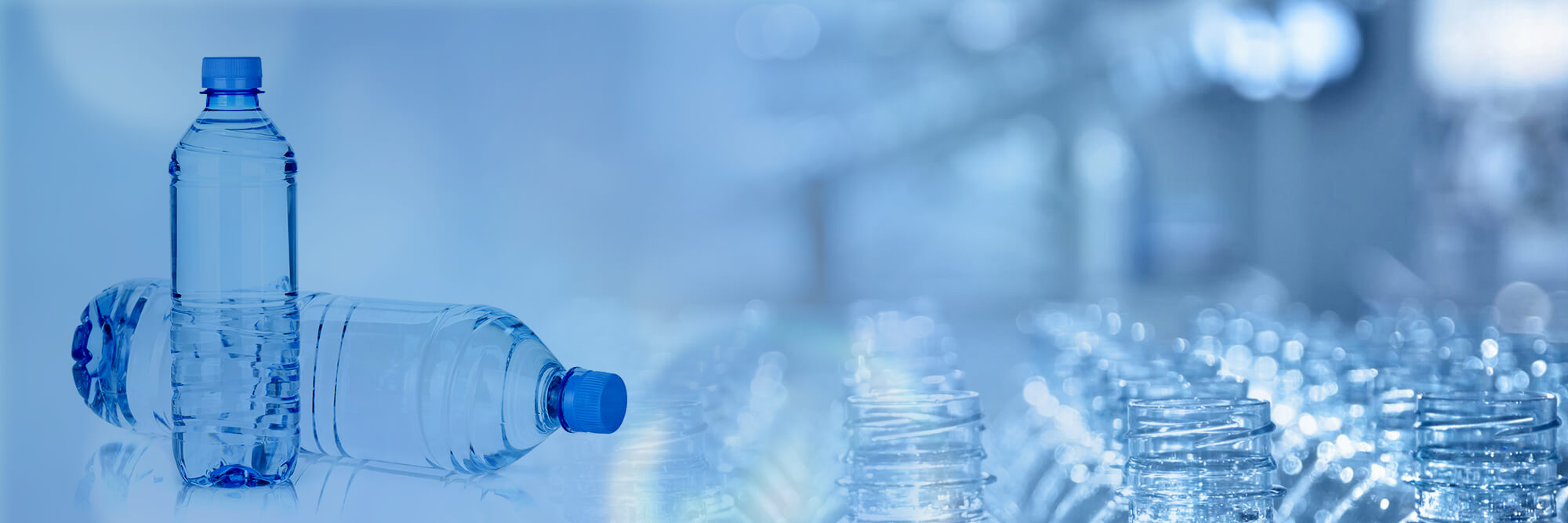Advanced Liquid Package Solution
In the mineral water industry, efficient filling systems are essential to meet production demands while ensuring product quality. Whether you're running a small-scale operation or a large bottling plant, choosing between automated and semi-automated mineral water filling machines can significantly impact your production efficiency, cost, and overall output. This article will explore the differences between automated and semi-automated systems to help you make the right choice for your business.
Automated mineral water filling machines are fully integrated systems designed to handle the entire filling process without manual intervention. These systems typically incorporate multiple stages of production, such as filling, capping, and labeling, into a single, cohesive unit. The process is controlled by sophisticated software, allowing for precise control over each operation.
Key features of automated systems include:
High-Speed Production: Automated machines can fill large volumes of water in a short amount of time, making them ideal for high-output bottling plants.
Consistency: With minimal human intervention, these machines ensure a consistent fill level, reducing the risk of errors and maintaining product quality.
Reduced Labor: As these systems require less manual labor, businesses can save on workforce costs and direct human resources to other tasks.
Precision: Automated systems use advanced sensors and controllers to monitor each stage of the filling process, ensuring the proper amount of water is dispensed into each bottle.
The primary advantage of an automated filling machine is its ability to operate continuously at high speeds, which is ideal for large-scale production environments.

A semi-automated mineral water filling machine involves some degree of manual operation, where human intervention is required to complete specific tasks. Typically, these machines handle the filling process automatically, but tasks like placing the bottles or capping may still need to be done manually or with minimal automation.
Key features of semi-automated systems include:
Human Involvement: Operators manually load bottles onto the conveyor or initiate certain stages of the filling process, though much of the filling itself is automated.
Flexibility: Semi-automated systems offer flexibility in handling various bottle sizes and types. The machine can be adjusted to accommodate different container shapes and volumes.
Lower Upfront Costs: Because these systems are less complex and require fewer automated components, the initial investment is usually lower than fully automated systems.
Simple Operation: With fewer moving parts and simpler mechanics, semi-automated systems are often easier to operate and maintain, making them suitable for businesses with less technical expertise.
While they are slower and require more human labor than automated systems, semi-automated machines are a cost-effective solution for small to medium-scale production.
Automated filling machines are faster and can fill more bottles per minute compared to semi-automated systems. Since the entire filling, capping, and labeling process is automated, these machines are designed for large-scale production where speed is critical. In contrast, semi-automated systems are slower as they still rely on human operators for some steps, which can limit the overall throughput.
Upfront costs for automated machines are significantly higher due to their complexity, advanced features, and integrated systems. Semi-automated machines, on the other hand, are more affordable and suitable for businesses that may not need the capacity or speed offered by automated systems. While the initial cost is lower, semi-automated systems can lead to higher long-term labor costs, as human operators are still needed to perform certain tasks.
Automated systems require minimal human intervention, which reduces the need for a large workforce. Once set up, they can run with little to no supervision, making them ideal for high-output facilities. Semi-automated machines, however, require more hands-on involvement from operators, as they assist with tasks like bottle placement, capping, or cleaning.
Because automated systems are more complex, they may require more frequent maintenance and troubleshooting, which could result in longer downtimes if any issues arise. Semi-automated machines have fewer components and simpler mechanics, making them easier to maintain and less prone to complex technical issues. This translates to reduced downtime and easier repairs.
Automated machines are more scalable, making them better suited for businesses that plan to increase their production volume over time. These systems can handle a growing number of bottles with minimal adjustments. Semi-automated systems, while versatile, may not be able to keep up with rapidly increasing production demands without significant upgrades or the addition of more labor.
The choice between automated and semi-automated mineral water filling machines depends on various factors, such as production volume, budget, and desired level of automation.
Small to Medium-Scale Production: For businesses that produce relatively lower volumes or are just starting out, semi-automated filling machines are often the best choice. They offer flexibility, ease of operation, and lower upfront costs while still providing reasonable efficiency.
Large-Scale Production: If your business requires high-speed, high-volume production, an automated filling machine is the way to go. These systems will allow you to meet large demands, reduce labor costs, and ensure consistent quality over time.
Considerations like available space, workforce, and future scalability should also play a significant role in your decision-making process.
When selecting between automated and semi-automated mineral water filling machines, businesses must weigh factors like speed, cost, labor requirements, and scalability. Automated systems are ideal for high-volume, large-scale operations, offering faster production and less labor involvement. On the other hand, semi-automated systems provide a more affordable option with greater flexibility for smaller production environments.
By understanding the differences and evaluating your production needs, you can choose the right machine to maximize efficiency, minimize costs, and ensure high-quality mineral water packaging.

By continuing to use the site you agree to our privacy policy Terms and Conditions.